What are eBike Speed Limit Regulations?
Electric bicycle (eBike) speed limit regulations are rules and guidelines established to promote safety and minimize accidents involving eBikes. These regulations vary based on location and eBike classification, with some jurisdictions imposing stricter limits than others. By understanding and adhering to these regulations, riders can ensure a safer and more enjoyable riding experience while reducing potential risks to themselves and others.
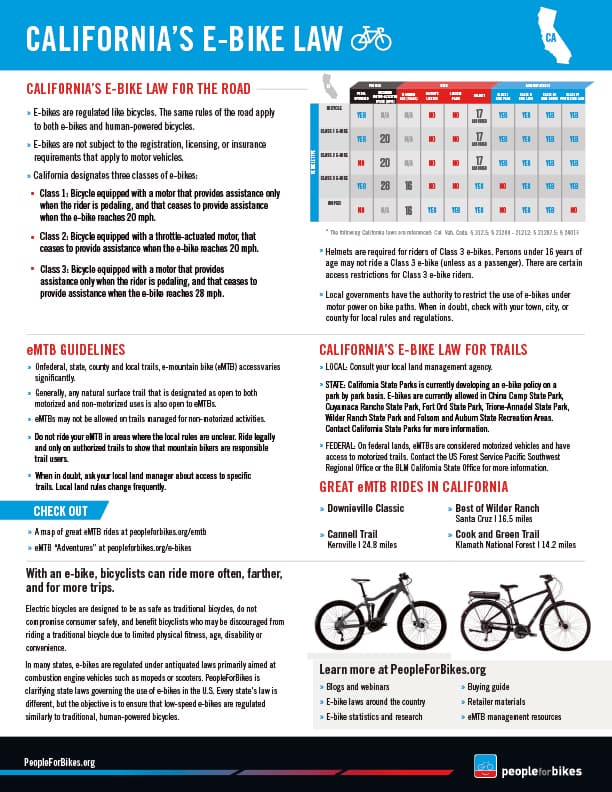
Classification of eBikes: Understanding the Impact on Speed Limits
Electric bicycles (eBikes) are classified into different categories based on their design, power output, and speed capabilities. These classifications significantly impact speed limits and regulations for eBikes. Understanding these classes is crucial for riders to comply with local laws and ensure a safe and enjoyable riding experience.
Class 1 eBikes: These eBikes are pedal-assist only, with motor power assistance cut off at 20 mph. Class 1 eBikes are often allowed on bike paths and in bike lanes, making them a popular choice for commuters and recreational riders. The speed limit for Class 1 eBikes is typically 20 mph, but this may vary based on local regulations.
Class 2 eBikes: Class 2 eBikes offer both pedal-assist and throttle-assist modes, with motor power assistance also cut off at 20 mph. While they share the same speed limit as Class 1 eBikes, their throttle-assist mode may result in different regulations, particularly regarding where they can be ridden. Some jurisdictions may prohibit throttle-assist eBikes on bike paths and in bike lanes.
Class 3 eBikes: Class 3 eBikes are pedal-assist only, with motor power assistance cut off at 28 mph. Due to their higher speed capabilities, Class 3 eBikes are often subject to stricter regulations. They may be prohibited on bike paths and in bike lanes, and riders may be required to wear helmets. The speed limit for Class 3 eBikes is typically 28 mph, but this may vary based on local regulations.
It is essential for eBike riders to familiarize themselves with local regulations and classifications to ensure they are in compliance. Adhering to speed limits and other regulations not only promotes safety but also helps maintain positive relationships between the eBike community and local authorities.
Speed Limit Regulations by Location
Electric bicycle (eBike) speed limit regulations vary significantly based on location, reflecting differences in transportation policies, infrastructure, and safety concerns. Understanding these regulations is crucial for eBike riders to ensure compliance and promote safety. This section explores speed limit regulations for eBikes in various countries, states, and cities.
Countries
In the European Union, eBikes are classified as L1e-B vehicles, with a maximum assisted speed of 25 km/h (15.5 mph). However, some countries, like Germany and Switzerland, allow faster eBikes classified as S-Pedelecs, with a maximum assisted speed of 45 km/h (28 mph), but these require registration, insurance, and helmet use.
In the United States, eBike regulations are primarily determined at the state level. For example, California allows Class 3 eBikes to operate on roads and bike paths with a speed limit of 28 mph, while New York restricts eBikes to 20 mph and prohibits them on bike paths.
States
Within the U.S., individual states have enacted their own eBike speed limit regulations. For instance, Colorado allows Class 1 and 2 eBikes on bike paths with a speed limit of 20 mph, while Class 3 eBikes are restricted to roads and bike lanes with a 28 mph speed limit. In contrast, Florida prohibits eBikes on sidewalks and bike paths, with a maximum speed limit of 20 mph on roads.
Cities
Cities may also impose additional eBike speed limit regulations. For example, New York City restricts eBikes to 20 mph, even if the state allows higher speeds. In contrast, Portland, Oregon, permits eBikes on most bike paths, with a speed limit of 15 mph for motor-assisted travel.
Understanding eBike speed limit regulations by location is essential for riders to ensure compliance and promote safety. By familiarizing themselves with local regulations, eBike riders can help maintain positive relationships between the eBike community and local authorities.
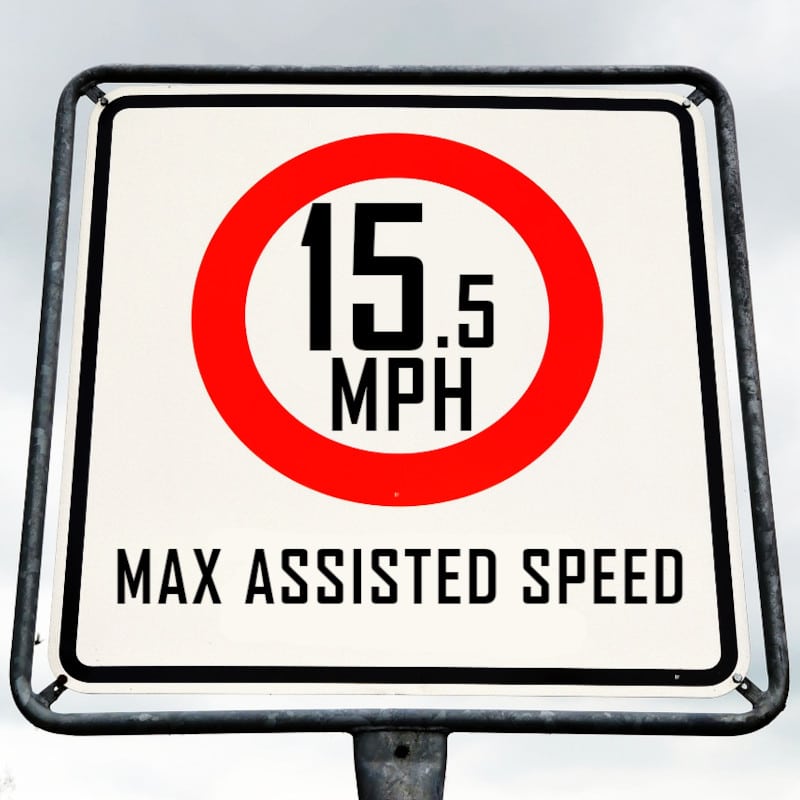
How to Adhere to eBike Speed Limit Regulations
Adhering to eBike speed limit regulations is essential for ensuring safety, promoting positive relationships between the eBike community and local authorities, and avoiding potential legal consequences. This section offers practical tips and advice on how to comply with eBike speed limit regulations.
Understand Local Regulations
Before riding an eBike, familiarize yourself with local regulations. These regulations may vary based on the classification of eBikes, as well as the location (country, state, or city) in which you are riding. Knowing the specific speed limits and riding rules for your area can help you avoid unintentional violations.
Use Assist Modes Wisely
Most eBikes offer various assist modes that control the level of motor assistance provided while riding. Choosing a lower assist mode can help ensure that you do not exceed the speed limit, especially when riding in areas with lower speed limits or in congested traffic.
Monitor Your Speed
Regularly monitor your speed using a speedometer or a smartphone app. This can help you maintain a safe and legal speed, particularly when riding in areas with varying speed limits or when transitioning between different types of roads or paths.
Maintain Your eBike
Properly maintaining your eBike can help ensure that it operates safely and within the speed limit. Regularly check the brakes, tires, and motor to ensure they are in good working order. Additionally, ensure that the speed sensor is accurately measuring your speed.
Practice Responsible Riding
Responsible riding involves more than just adhering to speed limit regulations. Be aware of your surroundings, signal your intentions, and yield to pedestrians and other vehicles when necessary. By practicing responsible riding, you can help promote a positive image of eBike riders and ensure the safety of everyone on the road.
Consequences of Non-Compliance
Non-compliance with eBike speed limit regulations can result in fines, penalties, or even legal consequences. In some cases, non-compliance may also lead to negative perceptions of eBike riders, potentially impacting future regulations and policies.
By understanding and adhering to eBike speed limit regulations, riders can help ensure their safety and the safety of others, while also promoting positive relationships between the eBike community and local authorities.
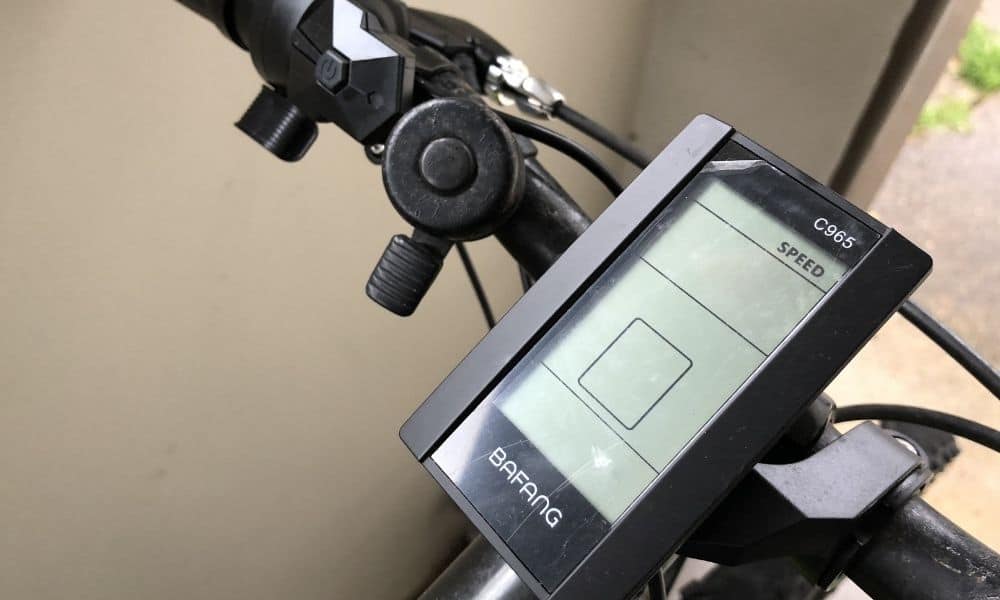
The Role of Technology in Enforcing eBike Speed Limit Regulations
As eBike usage continues to grow in popularity, technology plays an increasingly important role in enforcing eBike speed limit regulations. Various technologies are being employed to ensure that eBike riders adhere to speed limits, promoting safety and reducing accidents.
Speed Limiters
Speed limiters are electronic devices that restrict the maximum speed of an eBike. These devices can be integrated into the eBike’s design during manufacturing or added as an aftermarket accessory. By limiting the top speed of an eBike, speed limiters help ensure that riders do not exceed the legal speed limit, reducing the risk of accidents and promoting responsible riding.
GPS Tracking
GPS tracking systems can be used to monitor eBike speed and location in real-time. This technology allows authorities to enforce speed limits and identify areas where eBike riders may be at risk of violating regulations. GPS tracking can also be used to provide feedback to eBike riders, encouraging them to maintain a safe and legal speed.
eBike-Specific Speed Cameras
Some jurisdictions have implemented eBike-specific speed cameras to enforce speed limits. These cameras use sensors and image recognition technology to detect eBikes and measure their speed. When an eBike exceeds the speed limit, the camera captures an image of the rider and the eBike, which can be used as evidence for issuing fines or penalties.
Benefits and Limitations
Each technology has its benefits and limitations. Speed limiters are an effective way to prevent eBikes from exceeding the speed limit, but they may not be suitable for all eBike types or riding conditions. GPS tracking provides real-time monitoring and feedback, but it may raise privacy concerns. eBike-specific speed cameras offer accurate speed measurement and enforcement, but they can be expensive to install and maintain.
By leveraging technology to enforce eBike speed limit regulations, authorities can promote safety, reduce accidents, and encourage responsible riding. However, it is essential to consider the benefits and limitations of each technology and to implement them in a way that balances safety, privacy, and cost-effectiveness.
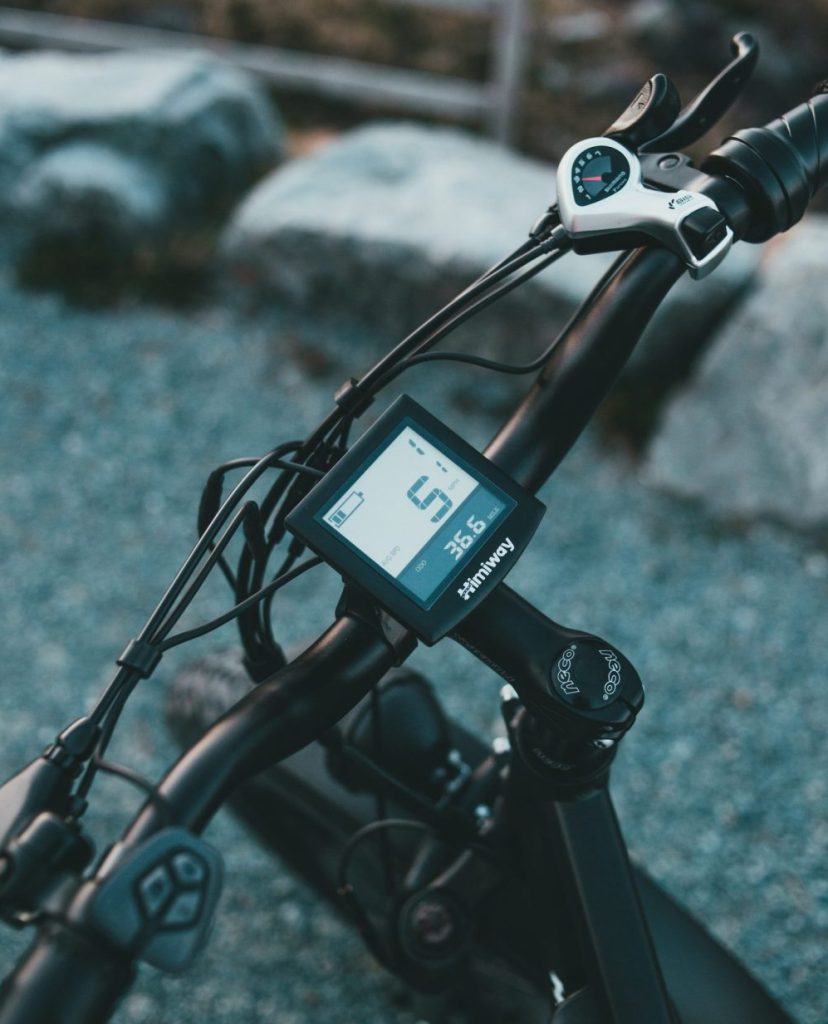
The Future of eBike Speed Limit Regulations
As eBike technology continues to advance, eBike speed limit regulations are likely to evolve in response. The future of eBike speed limit regulations will be shaped by several factors, including technological developments, transportation policies, and changing societal attitudes towards sustainable transportation.
Advancements in Technology
Technological advancements are expected to play a significant role in shaping the future of eBike speed limit regulations. For example, the development of smart eBike technology, such as speed limiters and GPS tracking, could enable more precise and effective regulation of eBike speeds. Additionally, the integration of eBikes with smart city infrastructure, such as traffic management systems, could lead to the creation of dynamic speed limits that adapt to real-time traffic conditions.
Changes in Transportation Policies
Changes in transportation policies are also likely to impact the future of eBike speed limit regulations. As cities seek to reduce carbon emissions and promote sustainable transportation, eBikes are likely to become an increasingly important mode of transportation. This shift could lead to changes in speed limit regulations, such as the creation of dedicated eBike lanes or the implementation of higher speed limits for eBikes in certain areas.
Societal Attitudes Towards Sustainable Transportation
Societal attitudes towards sustainable transportation are also likely to influence the future of eBike speed limit regulations. As more people embrace eBikes as a sustainable and convenient mode of transportation, there may be increased pressure on authorities to review and update speed limit regulations to better accommodate eBike usage. Additionally, the growth of eBike sharing programs and the integration of eBikes into public transportation systems could lead to new regulatory frameworks that prioritize safety and accessibility.
Potential Impact on eBike Usage and Safety
The evolution of eBike speed limit regulations is likely to have a significant impact on eBike usage and safety. By enabling more precise and effective regulation of eBike speeds, new technologies could help reduce accidents and promote responsible riding. However, it is essential to ensure that any changes to speed limit regulations are implemented in a way that balances safety, accessibility, and sustainability. This will require ongoing collaboration between authorities, eBike manufacturers, and eBike users to ensure that eBike speed limit regulations are fit for purpose and responsive to changing needs and circumstances.
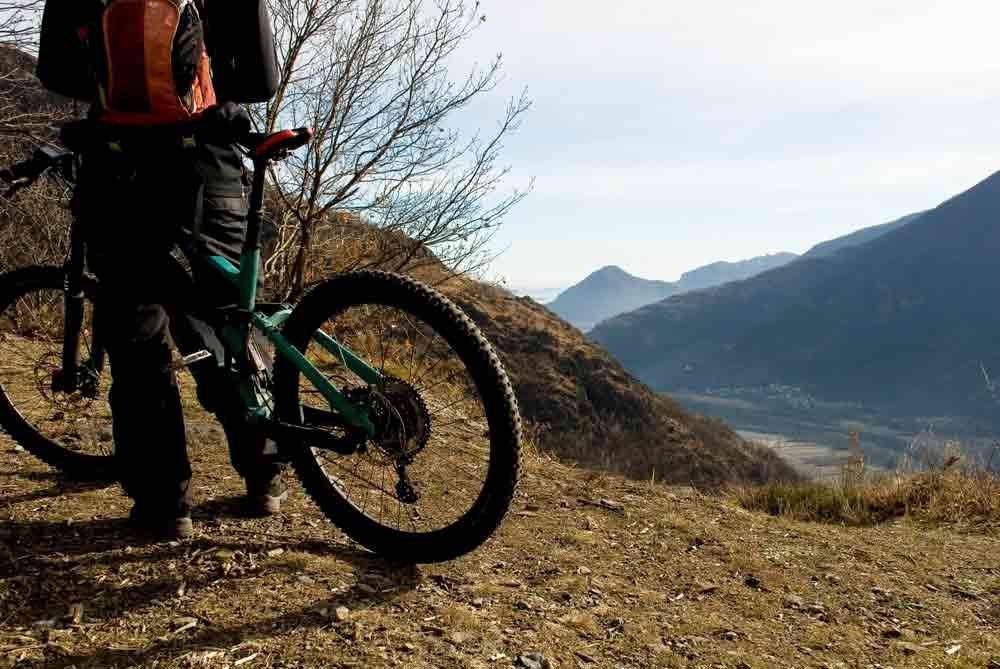
Real-World Examples of eBike Speed Limit Regulations
Understanding the impact of eBike speed limit regulations requires examining real-world examples. This section explores various implementations of eBike speed limit regulations and their effects on riders and communities.
Example 1: Paris, France
In response to a surge in eBike usage, Paris implemented a speed limit of 25 km/h (15.5 mph) for all eBikes in 2020. This regulation aims to improve safety for riders and pedestrians, particularly in congested areas. While some riders have expressed concerns about reduced convenience, the majority of users support the measure, citing increased safety and reduced accidents.
Example 2: Vancouver, Canada
Vancouver has adopted a more nuanced approach to eBike speed limit regulations, distinguishing between different classes of eBikes. Class 1 eBikes, which provide pedal-assistance up to 32 km/h (20 mph), are allowed on bike lanes and paths, while Class 2 and 3 eBikes, which offer throttle-assistance, are restricted to roads and bike lanes with speed limits of 50 km/h (31 mph) or higher. This approach has been successful in balancing safety and accessibility, with riders and community members reporting increased satisfaction.
Example 3: Melbourne, Australia
Melbourne has taken a unique approach to eBike speed limit regulations by implementing a “20 is Plenty” campaign, which encourages all road users, including eBike riders, to adhere to a 20 km/h (12 mph) speed limit in high-pedestrian areas. This initiative has been successful in reducing accidents and fostering a culture of responsible riding, with riders reporting increased confidence and safety.
Challenges and Successes
While each example presents unique challenges and successes, they all highlight the importance of tailoring eBike speed limit regulations to local needs and circumstances. By engaging with riders, community members, and transportation stakeholders, authorities can develop regulations that promote safety, accessibility, and sustainability. However, ongoing evaluation and adaptation are essential to ensure that eBike speed limit regulations remain relevant and effective in the face of changing technologies and transportation policies.

Conclusion: The Importance of Understanding eBike Speed Limit Regulations
eBike speed limit regulations play a crucial role in ensuring the safety, accessibility, and sustainability of eBike usage. By understanding these regulations and their impact, riders, policymakers, and community members can work together to create a safe and enjoyable environment for all road users.
As eBike technology advances and transportation policies evolve, it is essential to stay informed about changes in eBike speed limit regulations. By adhering to these regulations, riders can help prevent accidents, reduce conflicts with other road users, and promote the long-term viability of eBikes as a sustainable transportation option. Moreover, responsible riding practices can help foster a positive image of eBike riders and encourage greater acceptance and support for eBike infrastructure.
In conclusion, understanding eBike speed limit regulations is a critical component of responsible eBike usage. By following these regulations, riders can contribute to safer roads, increased accessibility, and a more sustainable transportation future. By staying informed and engaged, we can all play a part in shaping the future of eBike regulation and ensuring a brighter future for this exciting and innovative mode of transportation.


